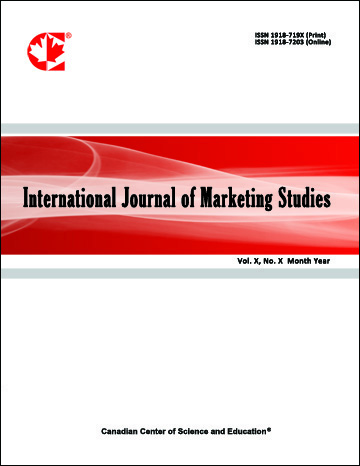Energy-Efficient Lighting: Consumers’ Perceptions and Behaviors
- Nam-Kyu Park
- Eunsil Lee
Abstract
The aim of the study was to identify consumers’ perceptions of energy-efficient lighting in relation to theirsocio-demographic characteristics and the relationship of these perceptions to their behaviors of environmental
lighting. A carefully designed questionnaire was sent to 2,000 randomly selected addresses in the Meridian
Township area in Michigan. In total, 326 respondents returned a completed questionnaire, a response rate of
16.3%. The questionnaire included three types of measures: energy-efficient lighting perceptions in general,
perceptions of compact fluorescent lamps, and environmental lighting behaviors. Environmental lighting
behaviors were measured in energy-efficient lighting usage behaviors and habitual behaviors.
The results indicate that there was a significant relationship between consumers’ environmental lighting
behaviors and lighting perceptions. The consumers who had more positive perceptions towards energy-efficient
lighting were more likely to demonstrate the environmental lighting behaviors. The study also revealed some
significant differences in consumers’ lighting perceptions and behaviors in relation to socio-demographic
characteristics. The findings of the study suggest that policy makers and lighting markets should implement new
methods of promoting energy-efficient lighting more effectively and prevent generating further lighting
misconceptions.
- Full Text:
 PDF
PDF
- DOI:10.5539/ijms.v5n3p26
Journal Metrics
Google-based Impact Factor (2021): 1.34
h-index (July 2022): 70
i10-index (July 2022): 373
Index
- Academic Journals Database
- CNKI Scholar
- EconBiz
- Electronic Journals Library
- Excellence in Research for Australia (ERA)
- GETIT@YALE (Yale University Library)
- Harvard Library
- IBZ Online
- Infotrieve
- JournalTOCs
- LOCKSS
- MIAR
- PKP Open Archives Harvester
- RePEc
- ResearchGate
- ROAD
- Scilit
- SHERPA/RoMEO
- Stanford Libraries
- UCR Library
Contact
- Alyssa SunEditorial Assistant
- ijms@ccsenet.org
